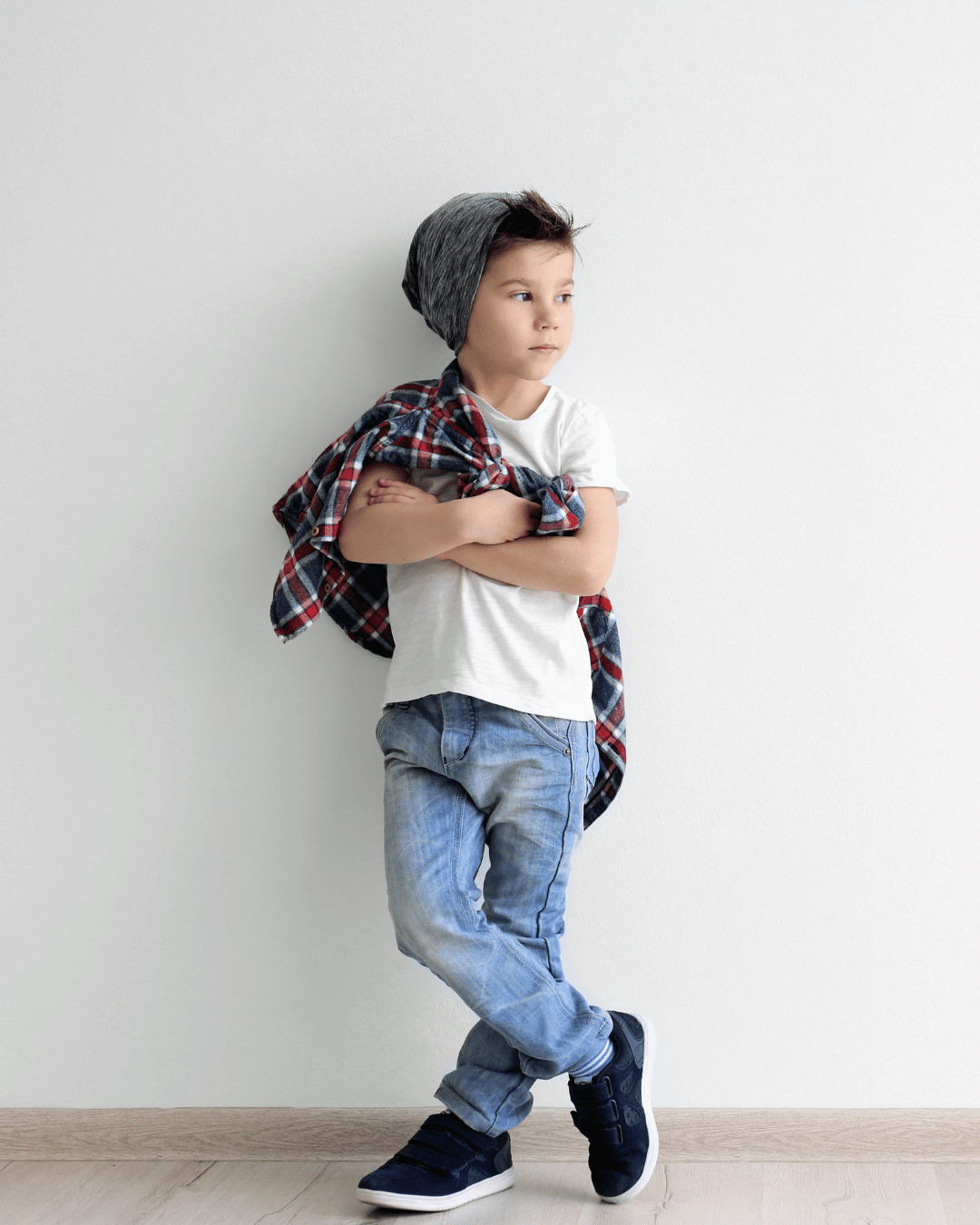It is not uncommon to see a child in different socks or different shoes, or in clothes that seem to have no aesthetic connection to each other. And while some would be quick to judge the apparently "funny" look of the child, the reality is that the dressing process done with the child's autonomy and initiative is the first step for a child with more self-confidence.

Supporting your children to learn to dress themselves and generally take care of themselves may sound like a convenient thing that will reduce your effort and the time you spend with the child getting ready, but in reality this is a pipe dream. . If you've ever tried to do something with the child's participation, you know very well that it takes at least twice as long and infinite patience, which is why it's easy for a parent to succumb to the temptation to simply dress the child without any involvement, as if she is a doll But if you want to build your child's self-confidence from an early age and show him that you respect his choices and independence, helping him learn to dress himself is the first step.
The most important thing to prepare the groundwork for independence is to equip yourself with patience as well as realistic expectations. Keep in mind that by giving them control over the most basic routines of their daily lives, such as dressing, children feel that we trust and respect them and thus participate in the process with less resistance resulting in less tension and shouting during the preparation time. And most importantly, the child starts the day feeling not only proud, but also confident in himself, since he is the one who chose his clothes and how he will present himself to the world on that particular day.

But beyond the emotional part, the child who dresses himself practices fine motor skills and the ability to make decisions, all through an activity that does not require the use of special toys or materials. So let's see step by step how we can guide the child with respect, according to the principles of Montessori teaching:
Create the right environment. This can be anything from a special Montessori shelf or any small shelf that is low enough for children to reach on their own, to simply a series of baskets where you have placed the essentials such as socks, trousers and tops. The most important thing for children is not to be aesthetically beautiful, but to be able to find their own things in a space that they consider their own.
Give them the tools they will need. Children see that when you get dressed and observe the process, when you use a mirror, or when you sit in a chair to put on your shoes, even if you use a shoe bone to make them easier to put on. Children love to imitate their parents, so give them the same tools to encourage them even more. Place a mirror in their style, put a stool next to their shoes, and generally try to create opportunities for them to imitate you themselves by providing the tools they will need to do so.
Choose clothes they can put on themselves. Opt for clothes without buttons, such as elasticated pants that can be put on themselves, loose-necked tops instead of shirts, and shoes with elastic or Velcro instead of laces. This doesn't mean you have to throw out all the other cute clothes that have buttons and interesting details, just try to have a balance so that the child can do most of the dressing himself.
Set small boundaries. The goal of the whole process is to give the child freedom and independence. But at such a young age the absolute freedom of choice can create anxiety. For this ideally you can offer the child two or three options, so that you are sure that the end result will be suitable for the weather and the occasion, but at the same time giving the child the opportunity to express his own preference, within limits . The "paradox of choice", i.e. having infinite options, is stressful even for adults, let alone small children. Therefore, reduce the alternatives and you will thus help the child to concentrate on the specific choices he has to make each time: the white or the red socks? And of course even if you disagree aesthetically it is important to respect his choice thus strengthening his self-confidence.
Introduction to the new dressing routine. It is important to introduce this new routine to the child at a time when you will have time to explain it to him, such as during the weekend, and not in a hurried morning while the school is waiting downstairs. It is also important in the first few days that you are trying such a procedure to plan so that you have a little more time than usual for the morning preparation. And of course, try to resist the parent's natural tendency to rush to help when they see that the child is struggling. Take a breath and instead of interfering just say "you're doing great, I'm here if you need any help", a positively charged phrase that will make the child feel confident, and wait for him to ask for it instead of offering it yourself.
This training will take a lot of time in the beginning, sometimes the blouse may be inside out and the socks different from each other, but that's okay. What matters is that he chose and wore them himself. And it's good to always remember that teaching the child to dress himself is important for his development, not because it's practical for the parents.
tag:Wonder Wall


